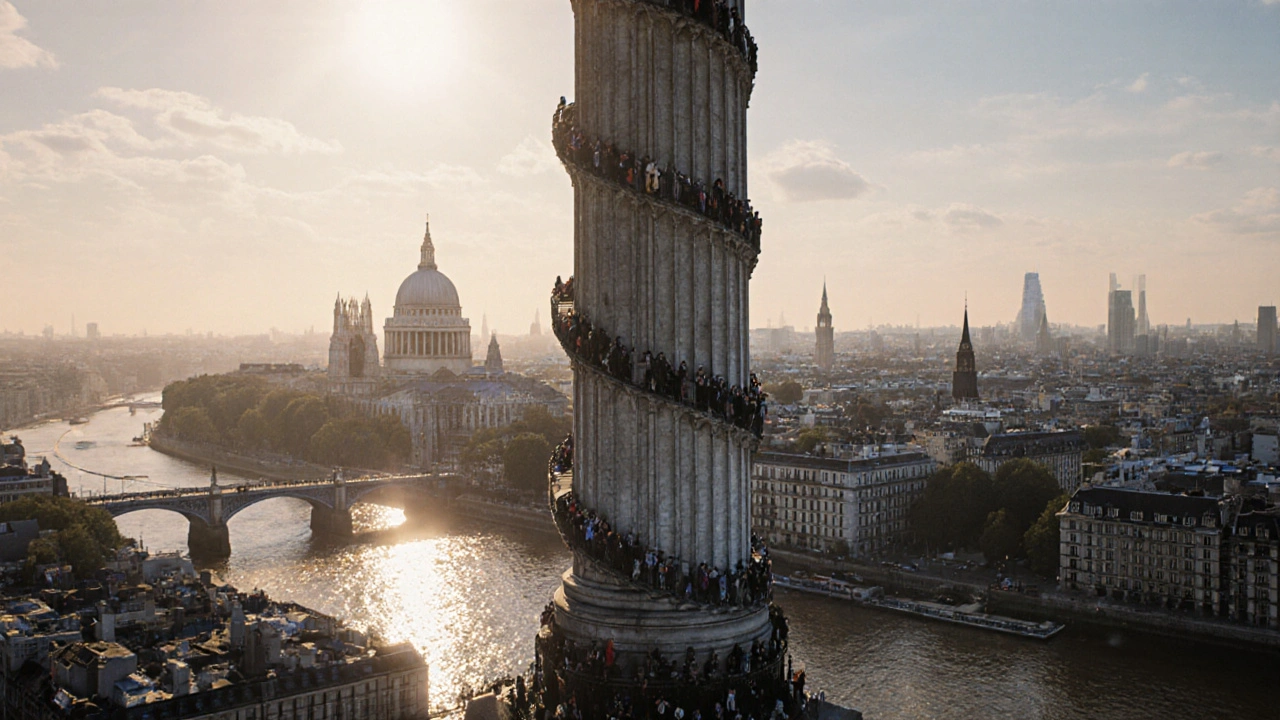Monument to the Great Fire
When you stand at the base of the Monument to the Great Fire, a towering stone column built to commemorate the Great Fire of London in 1666. Also known simply as The Monument, it’s not just a memorial—it’s a measuring tool, a piece of engineering, and a quiet witness to how the city rebuilt itself after disaster. This 202-foot column, designed by Christopher Wren and Robert Hooke, sits exactly 202 feet from the spot where the fire started in Pudding Lane. That wasn’t an accident. Every inch was calculated so visitors could look up and understand just how far the flames spread.
The Great Fire of London, a four-day blaze that destroyed over 13,000 homes and 87 churches didn’t just leave rubble—it changed how cities were built. After the fire, London banned wooden buildings in the city center, widened streets, and required brick facades. The Monument was part of that rebirth. It wasn’t meant to be gloomy. It was a statement: we survived, and we’re better for it. Inside, you’ll find 311 steps winding up to a viewing platform. The climb isn’t easy, but the view of the Thames, St. Paul’s Cathedral, and the modern skyline makes it worth it. At the top, you can see how the fire’s path carved through the medieval city like a torch through paper.
The Monument tube station, the closest Underground stop to the column, is named after it—not the other way around. It’s one of the few stations in London named for a monument, not a street or neighborhood. And while tourists often snap photos at its base, few realize the plaque at the bottom tells the story in Latin. It was written by a man who lost his home in the fire. The London history, rich with resilience, rebuilding, and quiet memorials you’ll find here isn’t just about kings and queens. It’s about ordinary people who lost everything and still chose to rebuild.
What you’ll find below are real, practical guides to nearby spots—how to visit the Monument without the crowds, where to grab a coffee right after climbing the stairs, and which other London landmarks tie into this story. You’ll see how the fire shaped the city’s layout, how it connects to St. Paul’s, and why this single stone column still matters 350 years later. No fluff. Just what you need to know before you go.
